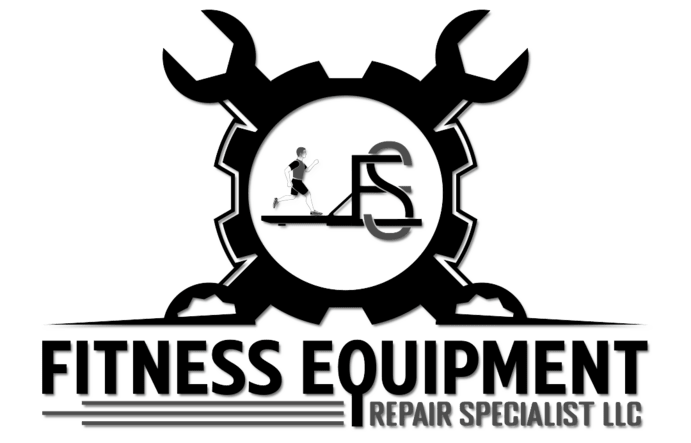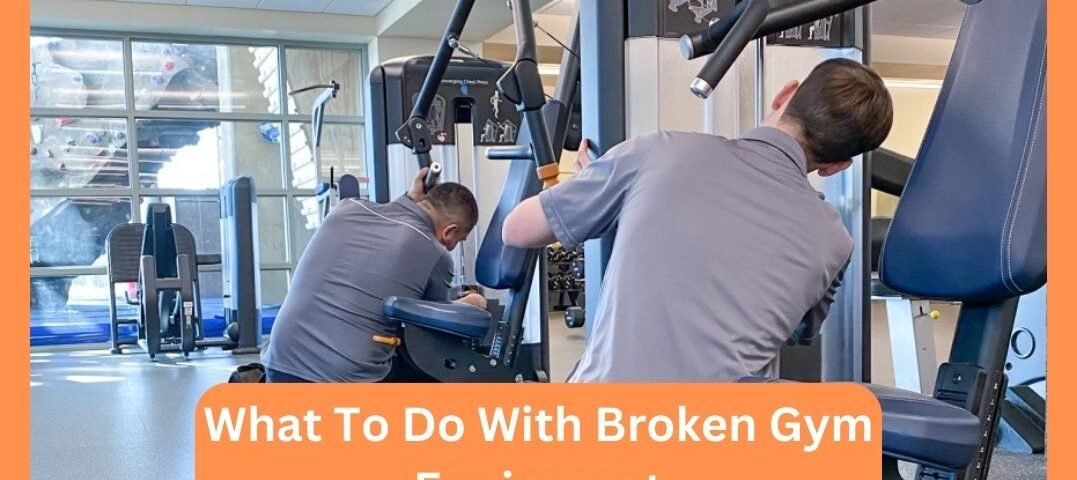
Ergonomic Considerations for Gym Equipment Setup
November 9, 2024
Role Of Step Mill and Stair Climber At GYM: How to Extend Their Life
November 21, 2024Gym equipment plays a key role in maintaining a healthy lifestyle, whether you’re running a commercial gym or using it in the comfort of your home. However, like any machinery, gym equipment can wear out or break over time.
A malfunctioning treadmill, a squeaky elliptical, or a damaged weight bench can disrupt workouts and pose safety risks. So, what should you do when gym equipment breaks down? Here’s a comprehensive guide to help you handle the situation effectively.
1 – Assess the Damage
The first step is to evaluate the extent of the damage. Some issues, like a loose screw or minor squeaks, might be easy to fix on your own. Others, such as electrical problems or structural damage, require professional attention. Look for signs like:
- Strange noises during operation
- Inconsistent performance or jerky movements
- Broken or worn-out parts
- Error messages on digital displays
Understanding the problem will help you decide whether it’s a self fix or requires professional repair.
2 – Check the Warranty
Before taking any action, check the warranty on your equipment. Most gym equipment comes with a warranty covering parts and labor for a specific period. If your equipment is still under warranty, contact the manufacturer or retailer. Attempting repairs on your own could void the warranty, so always consult the warranty terms first.
3 – Perform Basic Maintenance
Sometimes, the problem might not require extensive repairs but a bit of maintenance. Here are some quick fixes you can try:
- Lubricate Moving Parts: Treadmills and ellipticals often need regular lubrication to function smoothly.
- Tighten Bolts and Screws: Loose parts can cause instability and noise during use.
- Clean the Equipment: Dust and debris can accumulate in belts, rollers, or other components, causing malfunction.
- Replace Batteries: If the console isn’t working, check if the issue is as simple as dead batteries.
If these basic maintenance steps don’t resolve the issue, move on to more advanced solutions.
4 – Order Replacement Parts
If a specific part is broken, consider ordering a replacement. Manufacturers and authorized dealers usually stock parts for popular gym equipment. Some commonly replaceable parts include:
- Belts for treadmills
- Pedals for ellipticals
- Cables for strength machines
- Seats or cushions for benches
Make sure you order the correct part by referring to your equipment’s model number and user manual. If you’re unsure, consult with the manufacturer.
5 – Contact a Professional Repair Service
For significant issues or safety concerns, it’s best to call a professional repair service. Gym equipment is complex, with electrical components, heavy parts, and intricate mechanisms that require expertise to fix. Professionals can:
- Diagnose the problem accurately
- Use specialized tools and parts
- Ensure the equipment is repaired safely and efficiently
Hiring a repair service not only saves time but also ensures that your equipment functions optimally without further damage.
6 – Consider Upgrading
If the equipment is outdated or the cost of repairs exceeds its value, it might be time to upgrade. Older machines may not have the durability or features of modern models, and constant repairs can be more expensive in the long run. Look for trade-in programs or recycling options that allow you to dispose of your old equipment responsibly.
7 – Prioritize Safety
While waiting for repairs, avoid using the broken equipment to prevent accidents or further damage. Place a warning sign on commercial gym equipment or move it to a storage area. Safety should always come first to protect yourself and others.
Preventative Tips for Long-Lasting Equipment
To minimize the chances of breakdowns, follow these preventative measures:
- Regular Maintenance: Schedule routine checks for cleaning, lubrication, and tightening parts.
- Proper Usage: Avoid overloading or misusing equipment.
- User Training: Educate gym members or family members on the correct use of equipment.
- Environmental Care: Keep the equipment in a clean, dry, and well-ventilated area to prevent rust and wear.
Broken gym equipment can disrupt your routine, but with the right approach, you can restore its functionality and safety. At NJ Fitness Equipment Repair, we specialize in fixing all types of gym equipment, ensuring they work like new.
Operating in New Jersey, New York City, and surrounding areas, our skilled technicians provide efficient, reliable, and cost-effective repair services. Don’t let broken equipment hold you back, contact us today for the best solutions!

